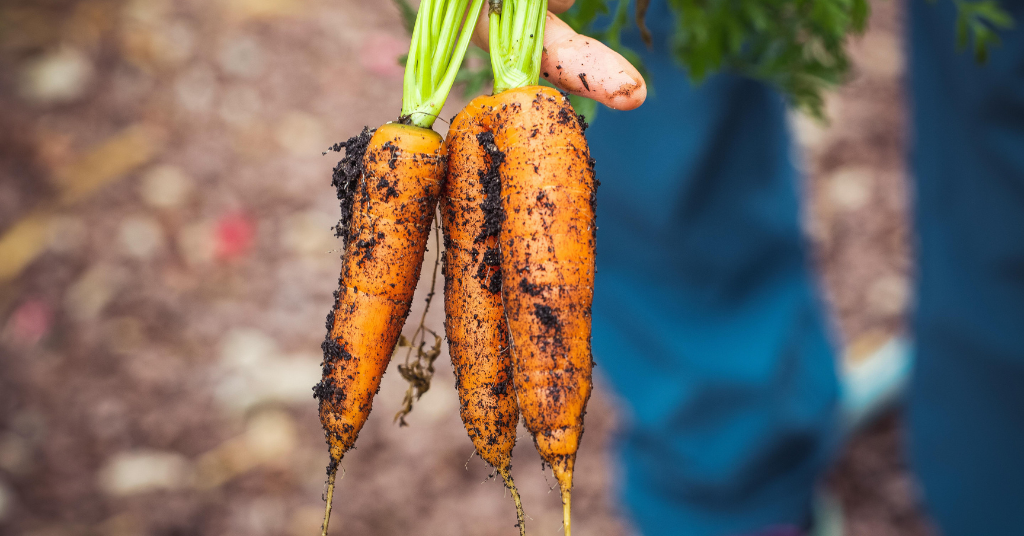Making European food healthier and more sustainable is a key objective of the EU’s farm-to-fork policy.
The main objectives of the strategy are:
- to ensure sufficient, affordable, and nutritious food within the planet’s borders.
- halving the use of pesticides and fertilizers and the sale of antimicrobial products
- increase the amount of land devoted to organic farming.
- promote more sustainable food consumption and healthy diets.
- reduce food loss and waste.
- combating food fraud in the supply chain
improving animal welfare
The transition to a greener food system is expected to create new business opportunities that will have a positive impact on the revenues of agri-food operators. It will also have an impact on people’s health, with more than 50% of adults in Europe currently overweight.
Main initiatives:
- afforestation and reforestation
- Boost organic production to reach 25% of EU agricultural land use by 2030. EU
- Member States are encouraged to develop national organic farming plans.
- Ensure food security in times of crisis.
- The global body set up in 1963 by the UN Food and Agriculture Organization and the World Health Organization provides a forum for negotiating international food standards, guidelines, and codes of practice.
- The Communication on Sustainable Carbon Cycles put forward by the Commission aims to encourage agricultural practices that promote the sequestration of carbon from the atmosphere and its storage in soil or biomass in a sustainable way.
- Climate-smart practices can include:
- planting hedges or trees
- growing legumes
- using intercrops and cover crops
- practising conservation agriculture and maintaining peatlands
Source: European Comission
As a consumer, we can support this strategy by looking at food labels and buying local produce from trusted sources, helping the economy.It is important to keep food fresh to obtain the highest amount of nutrition from it. To keep produce fresh, we must make sure that fruits and vegetables are stored in the right environment. Every RTE foods need different temperatures and humidity levels to remain fresh and safe to eat.
The online platform called smagdanmark.com offers a direct link between producers and consumers and thereby the producers avoid handing of a large portion of the profit to the retailers.
Source and renferences:
https://www.consilium.europa.eu/en/policies/from-farm-to-fork/#policy
https://audiovisual.ec.europa.eu/en/video/I-196217?language=EN




